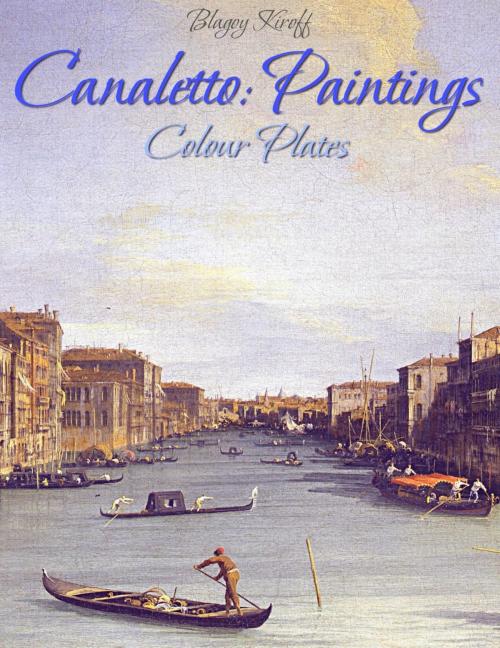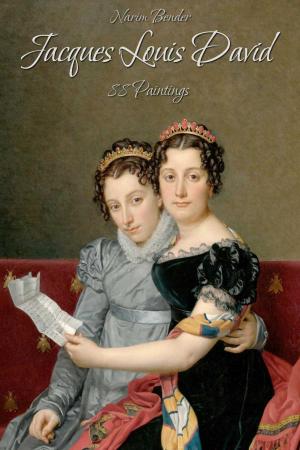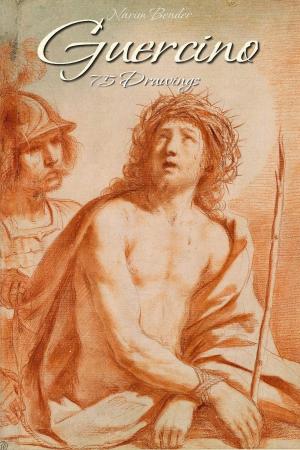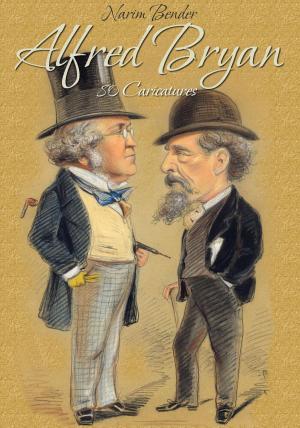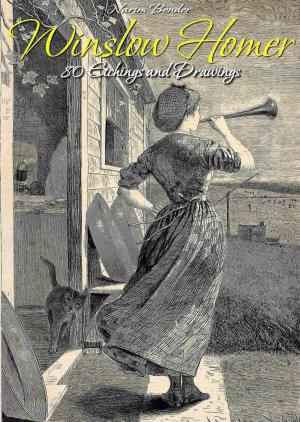Canaletto: Paintings (Colour Plates)
Nonfiction, Art & Architecture, Art History, European, General Art| Author: | Blagoy Kiroff | ISBN: | 9782765915348 |
| Publisher: | Osmora Inc. | Publication: | July 7, 2015 |
| Imprint: | Osmora Inc. | Language: | English |
| Author: | Blagoy Kiroff |
| ISBN: | 9782765915348 |
| Publisher: | Osmora Inc. |
| Publication: | July 7, 2015 |
| Imprint: | Osmora Inc. |
| Language: | English |
Giovanni Antonio Canal (1697 – 1768) better known as Canaletto, was an Italian painter of landscapes of Venice. He was also an important printmaker in etching.
He was born in Venice as the son of the painter Bernardo Canal, hence his mononym Canaletto ("little Canal"), and Artemisia Barbieri. Bernardo Bellotto was his nephew and pupil. Canaletto served his apprenticeship with his father and his brother. He began in his father's occupation, that of a theatrical scene painter. Canaletto was inspired by the Roman vedutista Giovanni Paolo Pannini, and started painting the daily life of the city and its people. After returning from Rome in 1719, he began painting in his topographical style. His first known signed and dated work is Architectural Capriccio (1723). Studying with the older Luca Carlevarijs, a moderately-talented painter of urban cityscapes, he rapidly became his master's equal.
Much of Canaletto's early artwork was painted "from nature", differing from the then customary practice of completing paintings in the studio. Some of his later works do revert to this custom, as suggested by the tendency for distant figures to be painted as blobs of colour – an effect produced by using a camera obscura, which blurs farther-away objects. However, his paintings are always notable for their accuracy: he recorded the seasonal submerging of Venice in water and ice. In this painting, the high viewpoint gives the illusion of looking out of a window, but there is no building in the position where the artist would have had to stand to use the "camera".
Canaletto's early works remain his most coveted and, according to many authorities, his best. One of his early pieces is The Stonemason's Yard (1729) which depicts a humble working area of the city.
Later Canaletto painted grand scenes of the canals of Venice and the Doge's Palace. His large-scale landscapes portrayed the city's pageantry and waning traditions, making innovative use of atmospheric effects and strong local colors. For these qualities, his works may be said to have anticipated Impressionism.
Many of his pictures were sold to Englishmen on their Grand Tour, often through the agency of the merchant Joseph Smith, who was later appointed British Consul in Venice in 1744. It was Smith who acted as an agent for Canaletto, first in requesting paintings of Venice from the painter in the early 1720s and helping him to sell his paintings to other Englishmen.
Giovanni Antonio Canal (1697 – 1768) better known as Canaletto, was an Italian painter of landscapes of Venice. He was also an important printmaker in etching.
He was born in Venice as the son of the painter Bernardo Canal, hence his mononym Canaletto ("little Canal"), and Artemisia Barbieri. Bernardo Bellotto was his nephew and pupil. Canaletto served his apprenticeship with his father and his brother. He began in his father's occupation, that of a theatrical scene painter. Canaletto was inspired by the Roman vedutista Giovanni Paolo Pannini, and started painting the daily life of the city and its people. After returning from Rome in 1719, he began painting in his topographical style. His first known signed and dated work is Architectural Capriccio (1723). Studying with the older Luca Carlevarijs, a moderately-talented painter of urban cityscapes, he rapidly became his master's equal.
Much of Canaletto's early artwork was painted "from nature", differing from the then customary practice of completing paintings in the studio. Some of his later works do revert to this custom, as suggested by the tendency for distant figures to be painted as blobs of colour – an effect produced by using a camera obscura, which blurs farther-away objects. However, his paintings are always notable for their accuracy: he recorded the seasonal submerging of Venice in water and ice. In this painting, the high viewpoint gives the illusion of looking out of a window, but there is no building in the position where the artist would have had to stand to use the "camera".
Canaletto's early works remain his most coveted and, according to many authorities, his best. One of his early pieces is The Stonemason's Yard (1729) which depicts a humble working area of the city.
Later Canaletto painted grand scenes of the canals of Venice and the Doge's Palace. His large-scale landscapes portrayed the city's pageantry and waning traditions, making innovative use of atmospheric effects and strong local colors. For these qualities, his works may be said to have anticipated Impressionism.
Many of his pictures were sold to Englishmen on their Grand Tour, often through the agency of the merchant Joseph Smith, who was later appointed British Consul in Venice in 1744. It was Smith who acted as an agent for Canaletto, first in requesting paintings of Venice from the painter in the early 1720s and helping him to sell his paintings to other Englishmen.
